by Garnacha Man - @garnachaman
.png.transform/rendition-xs/image_image%20(1).png)
Summer is on its way, so it’s time to dig into fresh and lively wines from Spain

by Garnacha Man - @garnachaman
Crispy Albariño and sparkling Cava are not the only options - modern Spanish wines are much more diverse. Time to try out unexpected styles, forgotten varieties and light red wines that are perfect for the summer heat.
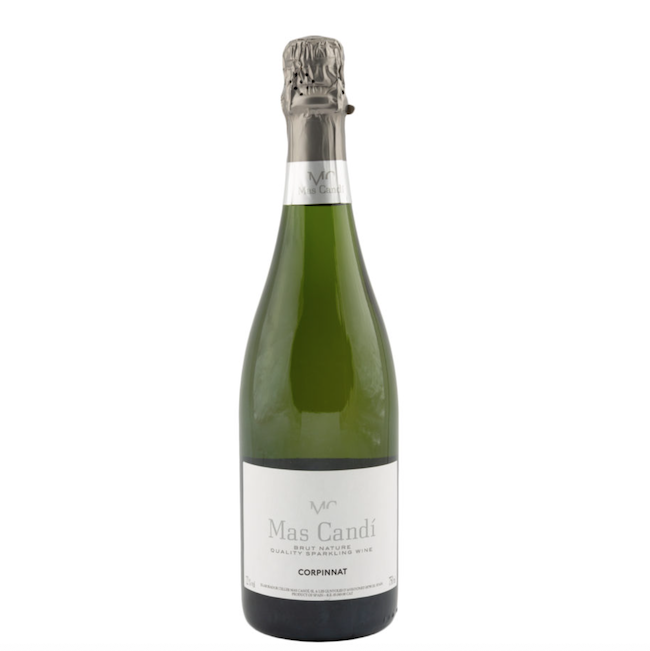
Corpinnat, long aged organic sparkling wines from Penedès
Mas Candí Corpinnat Brut Nature. Penedès, Catalonia
Corpinnat is the association of wineries in Penedès that focus on local grape varieties, organic viticulture, hand picking, historic terroir and long ageing, making it a top sparkling wine category in Catalonia, together with Cava and Classic Penedès. Mas Candí is a classic blend of Xarello, Macabeo and Parellada made in a very fresh and light way. It balances fruitiness and citrus aromas with some hints of freshly baked bread coming from the 24 month of ageing process. Absolutely dry and pretty acidic as it is a Brut Nature, but delicate and lively in the taste. The perfect aperitif that can also pair well with fresh seafood and all sorts of fish tartars and ceviches.
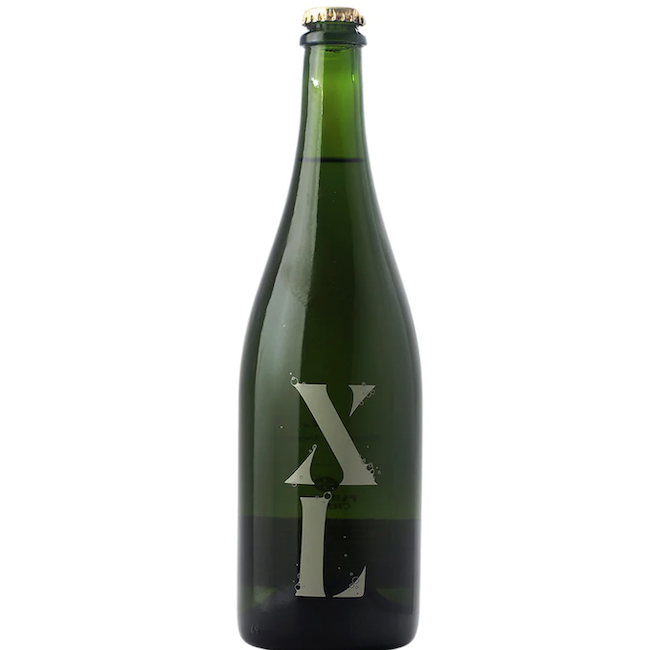
Pét-Nat, an ancient way of making sparkling wine that has become popular again
Partida Creus XL Xarel·lo Ancestral. Penedès, Catalonia
Sparkling wines can be made a variety methods - the traditional one is a must for Cava and Corpinnat, while some Verdejo in Castilla y Leon employs the Charmat method. But that’s not all. Pét-Nat, or method ancestral, is coming back! Partida Creus XL is a natural wine with no added sulphites made by an Italian couple who found their perfect place in the middle of Penedès. Xarel·lo is bottled before the fermentation is over, so that all the yeasts finish their job inside the bottle, where aging continues for another 10 months. A purely Mediterranean expression of sparkling wine with an aroma of varied dried herbs, Xarel·lo also gives beautiful notes of different kinds of apples, while limestone soils transmit lots of minerality in the wine.

Txakoli from Basque Country, one of the freshest expressions of Atlantic coast
Txakoli K5. Getaria, Basque Country
Txakoli Getariako is a spectacular wine region looking over the Cantabrian Sea in the Basque Country, one of the centres of modern Spanish cuisine. One of the founders of the K5 winery, renowned Spanish chef Karlos Arguiñano, sought to produce a wine from the Hondarrabi Zuri grape variety that would pair beautifully with local dishes. This is an extremely fresh wine, with notes of green apples, white flowers and even some salinity that transports us to the Basque Country. The palate is delicate, refreshing but not too light. This wine proves that Txakoli can age well as well as be paired with grilled and smoked fish, white meats and even sushi.
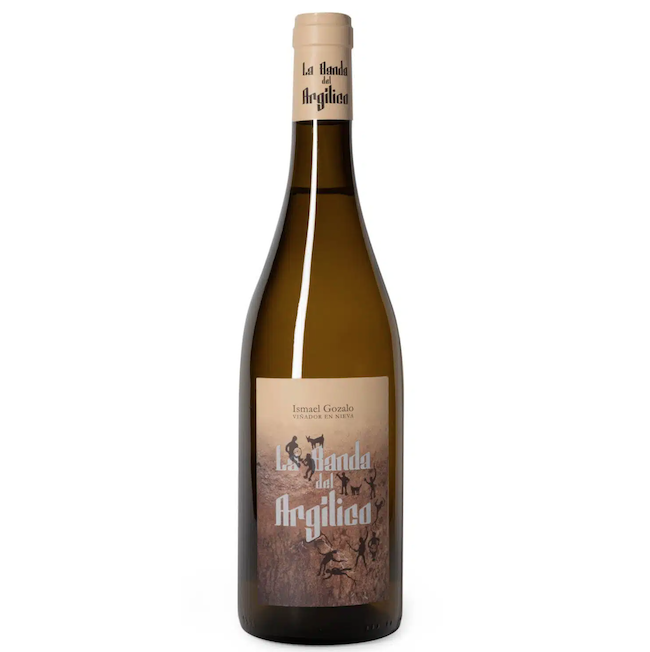
Natural Verdejo that shows a different character of this grape variety
Microbio La Banda del Argilico. Segovia, Castile and Leon
Ismael Gozalo is one of the top masters of Verdejo in the whole of Spain. He believes that this variety is capable of being not only bright and aromatic, but also show depth and complexity to rival that of the greatest white wines of the world. To prove this, Ismael works with old vineyards, in this case 2 plots are pre-phylloxera, which is very rare not only in Spain but in the whole world. The wine is not filtered or clarified, it is very profound, elegant, salty and long lasting. Some might say it doesn’t look like Verdejo, but the truth is it’s just a different expression of this grape and terroir.
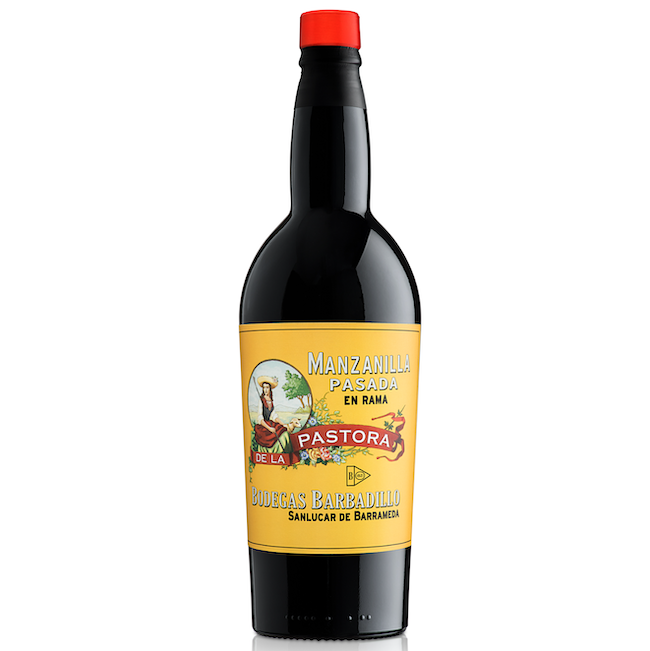
Manzanilla, extra dry fortified white wine that is perfect for the summer
Barbadillo Pastora Manzanilla Pasada en Rama. Jerez, Andalusia
This might come as a surprised, but one of the most popular summer wines in Andalusia is actually a locally-produced Manzanilla. Made with Palomino grapes and aged under velo de flor, it is fortified and has an alcohol content of 15%, making it neither too strong nor heavy. The secret is not only the terroir of pure chalky soils on which the vines grow, but also in the wineries. Sanlúcar de Barrameda, where all the Manzanilla is aged, is located near the ocean that greatly influences the flor. The result is very dry, very light and lively wine that surprises everyone. And look at the label - this Manzanilla is pasada, which means it has been aged much longer that regular Manzanilla. It is also en rama, so did not undergo any hard filtration. An absolutely stunning wine, it goes well with everything, starting from green salads with olive oil and vinegar dressing, to deep-fried fish that’s called pescaíto frito in the South of Spain. Olé!
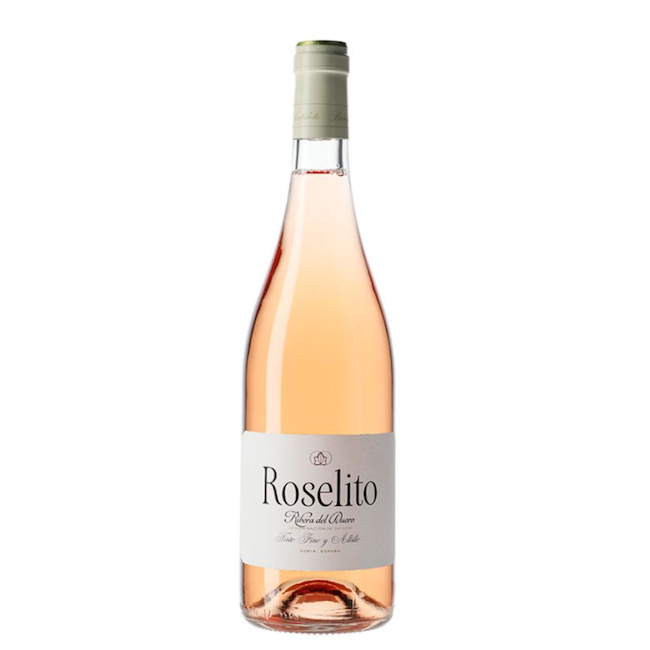
Rosé wines made by mixing red and white local grape varieties
Bodegas Antídoto Roselito. Ribera del Duero, Castile and Leon
Rosé is a trend and Spain has many unique styles. Ribera del Duero is no exception, where historically local vine growers used to plant red and white varieties together and harvest them at the same time, making pretty intense rose wines called clarete. However, Frenchman Bertrand Sourdais, the founder of Bodegas Antídoto, has decided to give it a modern twist and make very pale rose with ‘the soul of white wine’, as he says. 70% Tinto Fino aka Tempranillo, and 30% Albillo Mayor, one of the parents of Tempranillo, direct press and short ageing in stainless steel. The wine is luminous, with a bright nose of wild strawberries, cherries and even rose petals. In the taste it’s absolutely fresh, light but with a grip that makes you think of another glass. Perfect wine for the summer, whether you are inland, in a yacht, on the beach or next to the pool!
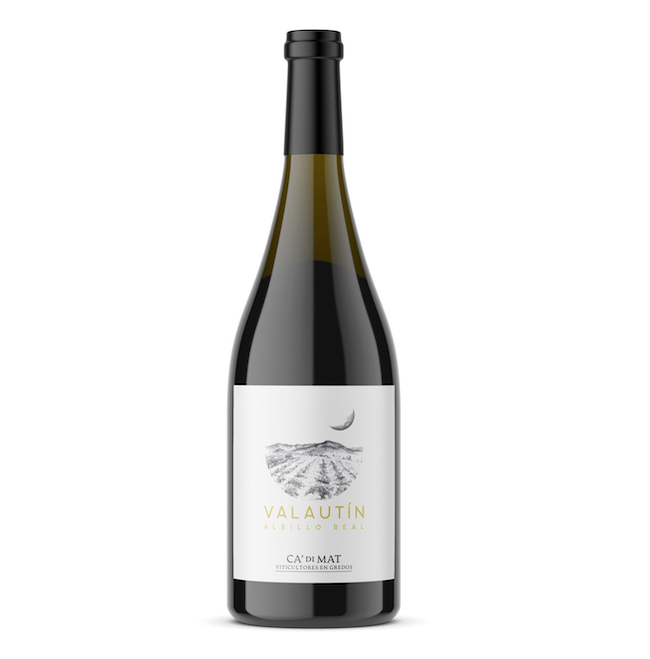
Fresh and juicy Garnacha from high altitudes
Ca’ Di Mat Valautin Garnacha. Sierra de Gredos, Madrid
it would be strange to have a wine selection by @Garnacha_man without any Garnacha, right? So here is one for you that’s perfect not only for the summer, but all year around wine. This is a 3G wine – it’s Garnacha, one of the most delicate grape varieties in the whole world, it’s Gredos, the mountain range starting in Madrid and finishing in Portugal, and it’s Granite - very poor soil that is perfect for the vines. The result is a very pale, light and delicate red wine but with a good grip as it’s from the Madrid climate. Get ready for notes of ripe strawberries, wild herbs, rose petals and… unexpectedly for red wine - red oranges! But don’t get fooled by this lovely aroma and light body, this wine is serious. It combines ripeness with elegance and makes you doubt whether it’s from the hot and sunny Madrid area or some other cold climate regions. And the most important thing – this wine is very friendly - serve it fresh with some cold cuts, after you finish it’s time to try some stews and cured meats, and don’t neglect some deserts, especially those made from fresh berries.
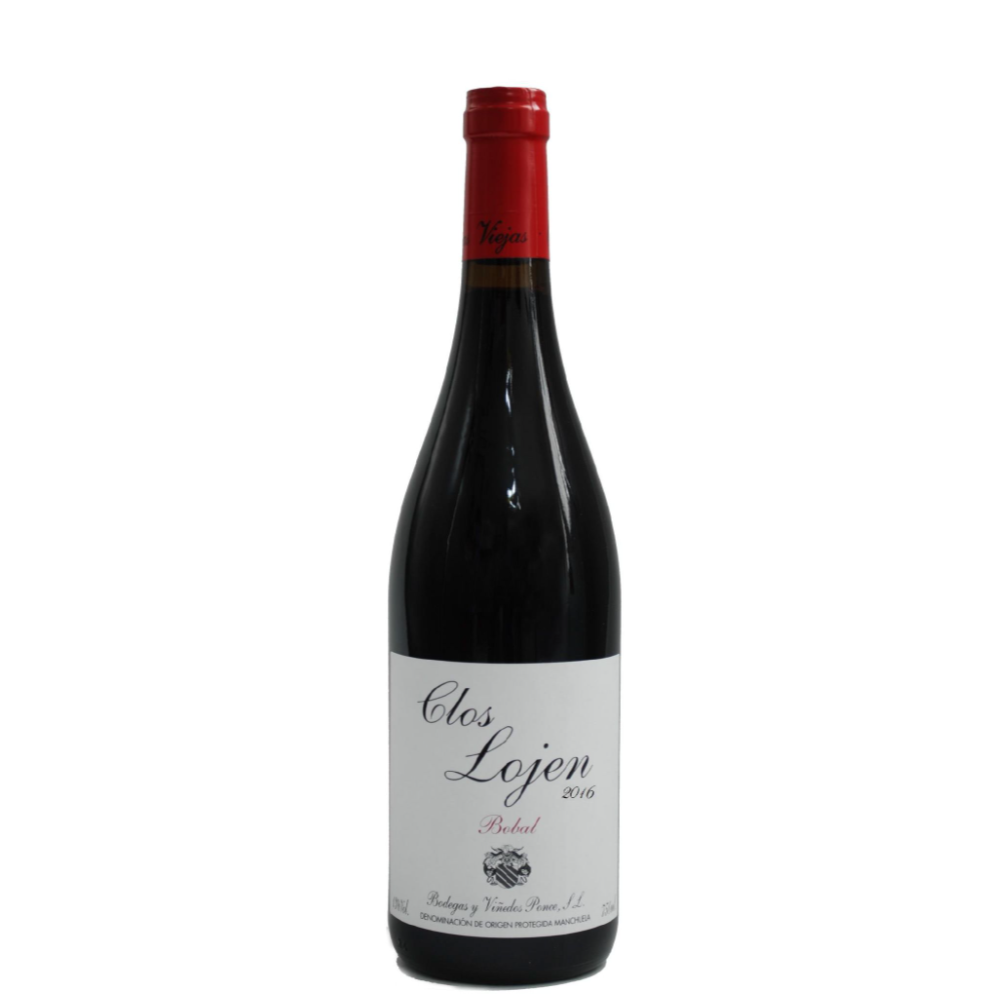
Bobal, one of the most planted red varieties in Spain, made in a lighter style
Ponce Clos Lojen. Manchuela, Castile-La Mancha
Not many people know Bobal, but it’s in the top 5 most planted red varieties of Spain! Why? It’s just a great blending partner! It grows between La Mancha and Valencia, whose arid and hot conditions facilitate good maturity without over ripeness, allowing it to keep moderate alcohol and good acidity. And Juan Antonio Ponce is the biggest fan of this local grape variety. It’s perfect for the summer as it can be very juicy, fruity with notes of fresh red and black berries, some herbs, spices and a serious, but light taste. And as we still learn about Bobal, it’s open for gastronomic experiments, it’s sharp acidity and moderate tannin makes us think of local cuisine with lots of rice-based dishes, wild meats and even some spicy dishes from Asian cuisine.
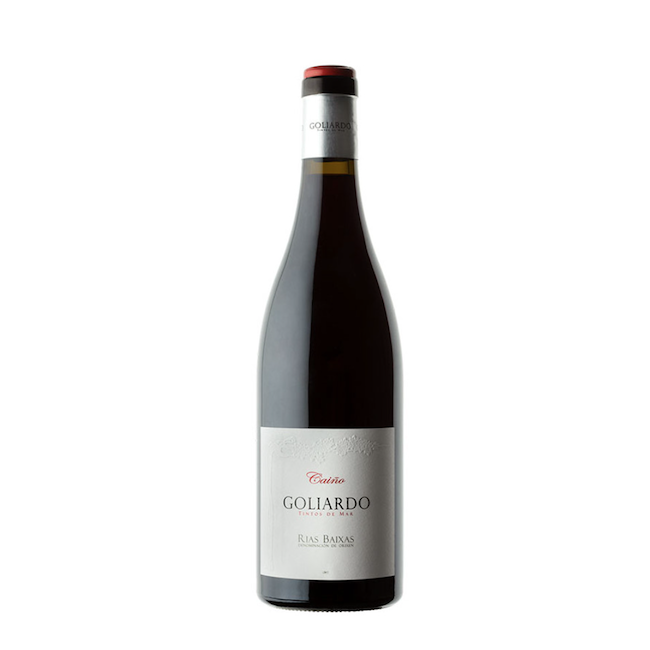
Unexpected Atlantic red wine from Rías Baixas, more famous for white Albariño
Forjas del Salnés Goliardo Tinto. Rías Baixas, Galicia
Rías Baixas is the land of Albariño. This grape variety has conquered the world and has become the most expensive white grape variety of Spain. The demand is so high that some wineries are left without their last vintage by the middle of August! Although tremendously successful, Rías Baixas is more than just Albariño. Historically local vine growers also produced red wines that are very different from the better known styles of Rioja and Ribera del Duero due to the region’s colder and wetter climate and proximity to the ocean. Today a new generation of winemakers is returning to tradition, bringing back ancient vines into production and proudly producing something different and authentically Atlantic. Forjas del Salnés is among the pioneers of modern red wines in the area. They focus on Caíño Tinto, Loureiro, Espadeiro and Sousón, making not only monovarietal wines but also a blend. This is a very different red - a purely Atlantic style with lots of wild berries, spiciness, saltiness and herbal expression. It might surprise you with low alcohol, high acidity and even higher tannins, so give it few years in the bottle.
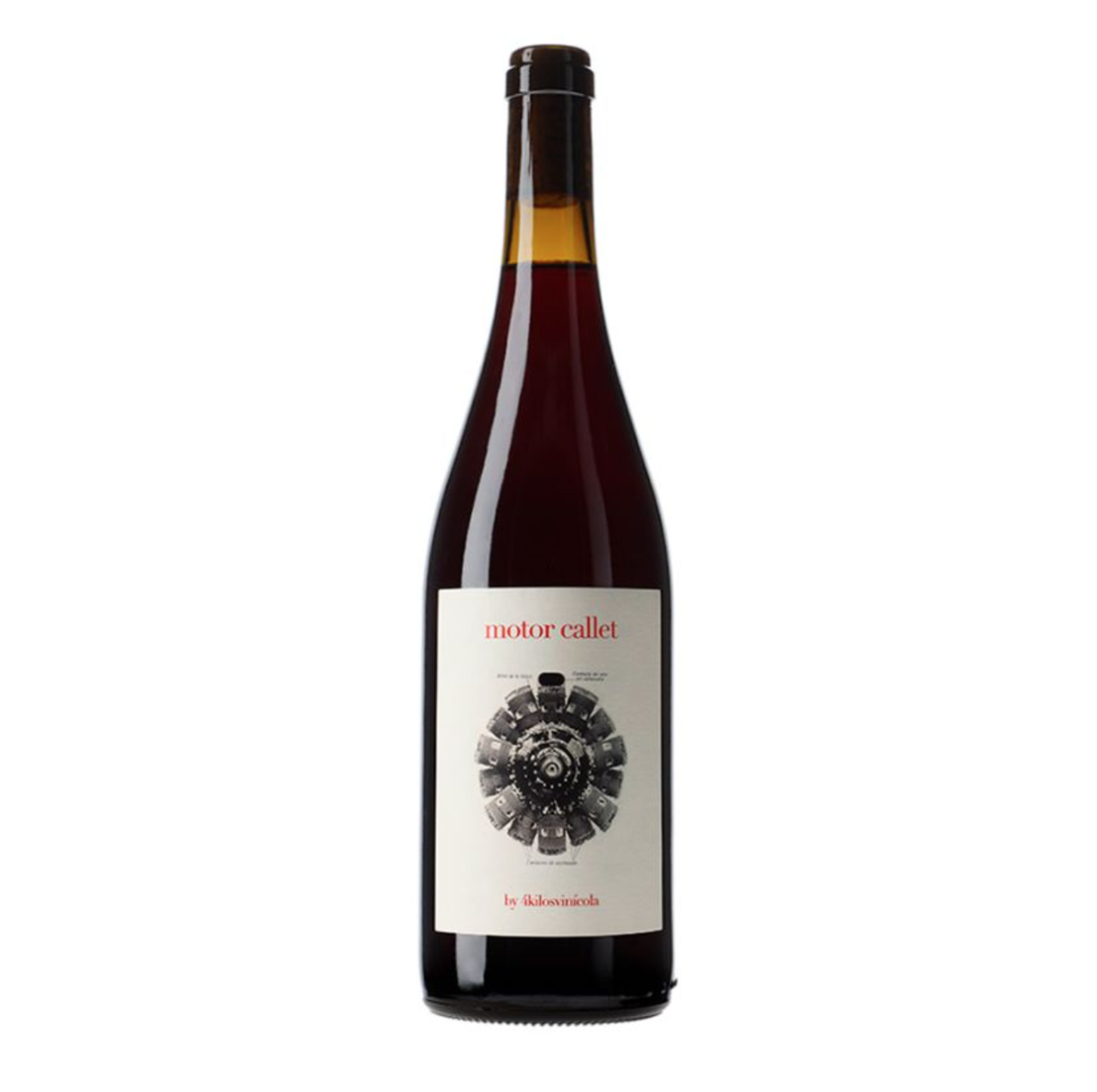
New expression of pure Mediterranean style of red wines
4 Kilos Motor Callet. Mallorca, Balearic Islands
Mediterranean wines reinvent themselves, from a ripe, rich and powerful style that is more suitable for cold winter days to lighter, to the much fresher and more gastronomic alternatives. A perfect example is this young red wine from Mallorca, the biggest of the Balearic Islands. Made from a local grape variety called Callet, it has only 11% of alcohol but it’s full of charm, giving notes of freshly picked red fruits, ripe sweet citruses, Mediterranean herbs and some earthy tones that reflect the red clay soils of Central part of Mallorca. This wine is amazing solo but also a great pairing with a nice summer lunch of fresh and grilled vegetables, various rice dishes, baked chicken and even grilled fish. Yes, red wine can go with the fish.